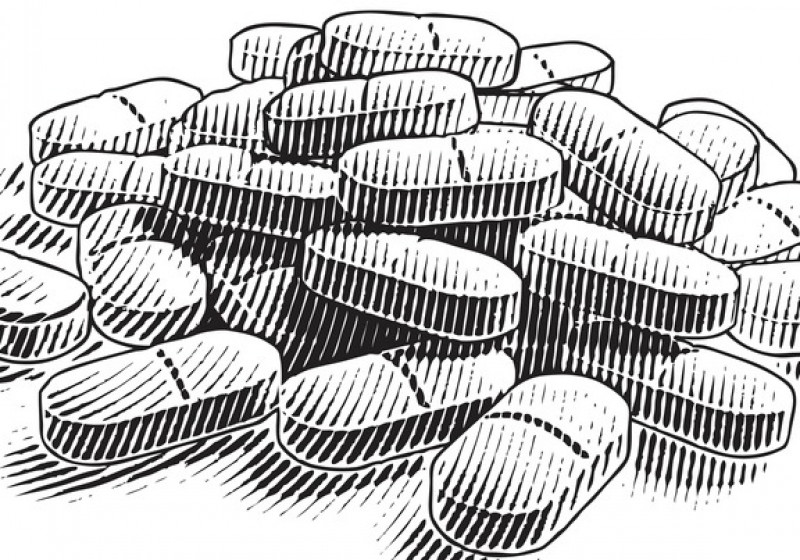
In this article, we are going to discuss the opioid abuse epidemic, what constitutes opioid abuse, and review the treatment options. Opioids are a class of drug that acts as a depressant on the central nervous system. This works by slowing or stopping breathing in an overdose, they increase pain tolerance, decrease reaction to pain, and decrease the perception of pain. Opioids are frequently prescribed by doctors for acute pain, debilitating pain, or for chronic pain in a palliative care setting. Because of this, opioids are frequently abused for their CNS depressant effects and because of their euphoric side effects.
The rate of opioid prescription and abuse has been increasing since the 1990s. Due to family history, studies have shown that some people are genetically predisposed to becoming addicted to opioids more than others. Prolonged use of opioids increases the risk of tolerance of, or addiction to, opioids. Common effects of opioid use are respiratory depression, drowsiness, constipation, constricted pupils, dry mouth, itching, nausea, and vomiting. Opiates slow down gastric motility which can cause constipation, which can also contribute to nausea and vomiting a patient could be complaining of.
Opioids can be naturally occurring or synthetic. Synthetic opioids include Fentanyl, Buprenorphine, Hydromorphone, Meperidine, Oxycodone, Hydrocodone, and Methadone. Naturally occurring opioids are Morphine, Heroin, and Codeine. These naturally occurring opioids can be extracted from poppies and the others are synthesized in a lab. Typically synthetic opioids are stronger than naturally occurring opioids and are given in lower doses. These are used to control acute pain such as fractures, burns, or other acute trauma. They can also be used for chronic pain such as back pain, arthritis, or other debilitating conditions. Another use of opioids is for palliative care such as during hospice to manage pain, anxiety, or shortness of breath. If the medication is being used for pain and treatment then it is less likely to cause adverse symptoms such as respiratory depression, and therefore it is more likely to be abused. However, long-term use of opioids even for chronic pain can result in withdrawal symptoms if they are stopped because the body is used to functioning with them. This also accounts for why people may turn to heroin if they no longer have access to their prescribed medications, or if their medication is no longer being prescribed to them. Opioid abuse begins when the medication is no longer being taken for pain but for the effects that one feels when they are taken. This can happen for a variety of reasons including physical pain and emotional pain.
Signs of an overdose include altered mental status, constricted pupils, slow breathing, respiratory arrest, and cyanosis of the lips and nail beds. The overdose can be treated by administering Naloxone which binds to the opioid receptors better than the opioid does. However, depending on what they took they may need multiple doses of Naloxone. One of the ways that the addiction can be treated is through slow-release opioids such as Methadone or through partial agonists such as Buprenorphine.
Referenceshttps://medlineplus.gov/opioidabuseandaddiction.html
Ling W, Mooney L, and Hillhouse M. Prescription opioid abuse, pain and addiction: Clinical issues and implications. Drug Alcohol Rev. 2014;30:300-305.
- Dozens of courses and topics
- State-specific requirements
- We report to CAPCE in real time


